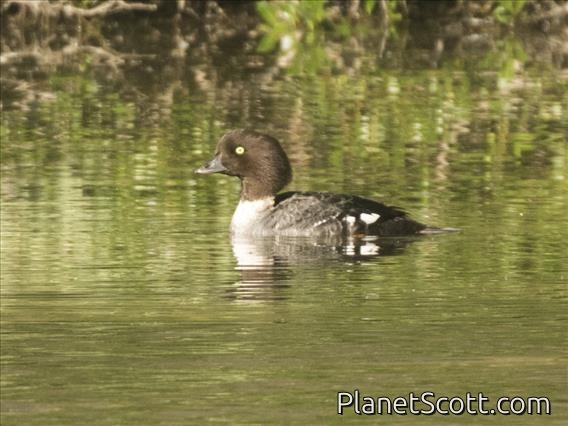Barrow's Goldeneye (Bucephala islandica)

Barrow's Goldeneye (Bucephala islandica) - Female
×


Barrow's Goldeneye (Bucephala islandica) - Female
About Barrow's Goldeneye (Bucephala islandica)
- Kingdom: Animals
- Phylum: Chordates
- Class: Birds
- Order: Anseriformes
- Family: Swans, Geese, and Ducks
Barrow's goldeneye is a medium-sized sea duck of the genus Bucephala, the goldeneyes. This bird was named after Sir John Barrow. The genus name is derived from Ancient Greek boukephalos, "bullheaded", from bous, "bull" and kephale, "head", a reference to the bulbous head shape of the bufflehead. The species name islandica means Iceland.
Source: Wikipedia
Visits
-
2008-01-26
Agua Vista Park, United States of America -
2010-05-27
Kenai Peninsula, United States of America -
2012-07-12
Yellowstone National Park, United States of America -
-



